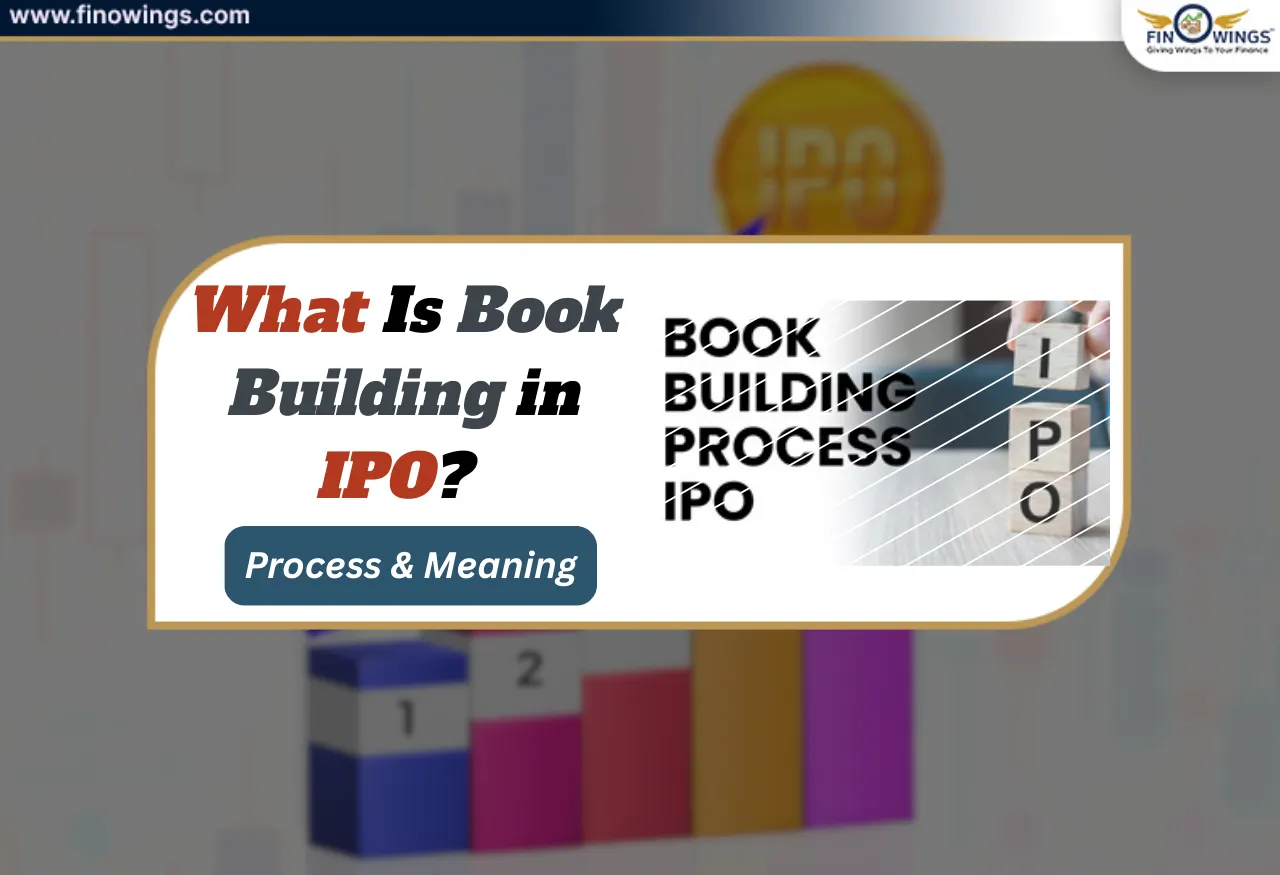Home >> Blog >> What is Master Limited Partnership?
What is Master Limited Partnership?

Table of Contents
Master Limited Partnership (MLP)
A master limited partnership, or MLP, sometimes a publicly traded partnership (PTP), is a business enterprise in the form of a publicly listed limited partnership that trades on a national stock exchange. It combines the characteristics of a corporation with those of a limited partnership and provides investors with tax-advantaged income with the liquidity of the public markets. Like shares of stock, an MLP offers "units," and shareholders are called "unitholders." Investors in MLPs can buy these units on the national stock exchange, view prices, and sell them anytime.
MLPs promoted investment in specific capital-intensive industries (e.g., non-renewable natural resources, energy sector, etc.), giving investors an opportunity for higher returns and greater diversification than just a single stock. In addition, the structure of an MLP can help reduce the cost of capital in capital-intensive businesses. That's why most MLPs operate in the energy sector and own expensive, long-term assets such as pipelines and storage tanks.
MLPs typically experience cash flow stability and must have a partnership agreement to distribute a set amount of cash to investors. In addition, to receive income tax benefits, MLPs must derive at least 90% or more of their income from qualifying core sources such as production, processing, transportation, and storage of natural resources and minerals.
MLPs differ significantly from public corporations in their tax treatment and corporate structure. The corporation pays taxes on its earnings before the profits are shared with the shareholders in the form of dividends. The shareholders then pay tax on the dividends received, leading to double taxation. On the other hand, a master limited partnership structure allows profits, income, and taxes to be distributed directly to the limited partners, so it is subject to tax only once. This structure avoids double taxation on income, and the unitholders only pay tax on the MLP's income, not the cash distributions received.
Since MLPs have no income tax and pay almost all of their cash flows in the form of distributions (equivalent to their corporate dividends), the dividend yield of MLPs is often higher than that of corporate dividend payers. It allows investors to access the unique benefits of a business partnership structure while maintaining the liquidity, limited liability, and regulatory oversight required for publicly traded stocks.
It is beneficial for MLPs to avoid tax on earnings. A pass-through tax structure can reduce their cost of capital, which is essential in the capital-intensive energy industry. The low cost of capital permits MLPs to create low-return assets, like rate-regulated pipelines, while still giving a reasonable rate of return to lure investors.
How do Master Limited Partnerships (MLPs) work?
MLP is structured like an enduring partnership with a two-tier structure: general and limited partners.
Limited partners: Limited partners are the investors or unitholders, as they're officially known, ordinary, outside investors. They provide capital to the company and receive cash distributions but have no role in daily operations or management and have limited voting rights. Limited partners are protected from any liability of the enterprise. Sometimes limited partners are also called silent partners.
General partners: The GP oversees the day-to-day operations of the MLP, makes decisions and exercises board and management controls, and is paid by how well the business performs. The GP's payment typically includes a fee for running the operation and a portion of profits or an equity stake in the enterprise. They usually start with a low percentage of ownership, around 2%, but with performance metrics, they increase their ownership stake when a profit is generated as a reward. In this way, they are encouraged to perform well for limited partners.
MLPs are known to provide a steady income stream and rich returns. Many individual MLPs give more than 10% yield because MLPs are obliged to distribute 90% of their income to the shareholders. Therefore, they cannot invest an unlimited amount back into the firm or spend it on expansion as regular companies can.
Advantages and Disadvantages of MLPs
Like any investment, MLP has its advantages and disadvantages. MLPs may only work for some investors. An investor must weigh the disadvantages against the benefits of holding units of MLP before investing.
Advantages of a Master Limited Partnership:
|
Consistent Returns |
MLPs are known for giving slow but consistent returns to investors. Additionally, investments are low-risk, which means that investors receive a steady income throughout the investment. MLPs offer steady cash flow and consistent cash delivery. |
|
Favorable Tax Structure |
Due to the favorable tax structure, MLPs generate higher returns than bonds and stocks. |
|
Limited Obligation |
The liability of limited partners for the debts and obligations of an MLP is limited to the amount of their capital contribution. |
|
Cash Distribution |
In addition, for a limited partner, the cumulative cash distribution once the units are sold may exceed the tax share at the capital gains rate. |
|
Tax Exemption |
Tax exemption characteristics result in higher capital gains, which can be used in future projects. |
|
More Transparent Price |
MLP units can be quickly sold on a public exchange, and their prices tend to be more transparent than traditional private, limited partnerships. |
|
Attractive Offerings |
Cash distributions of MLPs typically grow slightly faster than inflation, making MLPs attractive income offerings. |
Disadvantages of a Master Limited Partnership
|
Complicated Tax Filing |
The tax filing process can be complicated if limited partners have entities in different states where the partnership operates. |
|
State Tax |
MLP investors have to pay state income tax on their allotted share of income in each state where the MLP operates. It can increase their cost. |
|
Qualified Sources Limitation |
MLPs must meet certain limitations, including earning at least 90% of their income from "qualified sources." |
|
Tax Disadvantage |
Another tax-related disadvantage of an MLP is that you can't use the net loss to offset other income. |
|
Net Loss |
However, the net loss may continue till the following year. The net loss can be used as a deduction against other income when you sell all your units. |
|
Tax Liabilty |
Corporate tax liability is passed on to the investors, which can negatively impact their returns. |
|
Risk Investing |
MLPs redistribute most of their cash to investors who leave little money to reinvest or grow. MLPs risk investing additional debt to finance operations or meet expenses if not managed carefully. |
|
Long-term Investment |
MLPs are long-term investments and are not suited for short-term trading. |
|
Few Options |
Most MLPs work in the energy sector. Investors who do not have oil and gas-related investments will only have a few other MLP options to choose from. |
Conclusion
The Master Limited Partnership (MLP) can provide the following:
-
High dividend returns.
-
Steady cash flow.
-
Tax benefits.
-
More stability than equities and potential for capital growth.
However, understanding them can be complicated. It also comes with superior organizational and tax complexity and fewer shareholder rights. Investors in MLPs should be aware of these complexities as they evaluate potential investments.
If one is considering investing in MLP, the first step is to research the MLP itself. At base, it is crucial to see how the MLP generates funds to ensure a sustainable cash flow. After that, however, it will be more important to understand the business operations, distribution, tax benefits, and risks of each MLP, as they can differ significantly.
Author
Frequently Asked Questions
Yes, MLP offers income tax benefits. For their limited partners, they provide a pass-through tax structure which means that the partnership doesn’t pay corporate taxes and it also provides a cost advantage over regular company shares as they are not affected by the double tax on dividends.
The simplest way to explain the difference between the two business structures is that a master limited partnership enjoys the tax advantage features of a limited partnership, in which businesses are exempted from paying corporate tax on their revenue.
MLPs pay a special type of dividend known as a distribution. Normally, MLPs make distributions to their limited partners on a quarterly basis. The MLPs determine the level of distribution and also have the potential to reduce or eliminate their distributions in response to financial difficulties.

















